Description
By the Sand Convention of 1852, Great Britain formally recognized the independent Boer Republic to the North of the Vaal River, so it was also called Transvaal. In 1858, the Constitution already recognizes the name of the South African or Tsar. The discovery of diamonds in the Vaal River area made thousands of people come from all over the world with diamond fever, and that the British were rethinking interest in the area. The incorporation of Western Giqualand (where Kimberley finds the epicenter of the diamonds), is seen with concern. In 1877 the United Kingdom annexed the transvaal, which was in an important economic crisis, due to the lack of tax collection and the wars initiated by the Boers with the Pedi and Zulus. Transvaal government members traveled to London to defend their case, and began passive resistance to British control. With the change of British government of 1880, they hoped to recover autonomy, but since not, and have already finished the wars with Pedi and Zulús, the Boers had more response capacity. The facts were precipitated in December 1880 for the payment of an unfair tax to a Boer, and the war broke out. The Boer army was an irregular army, but formed by tanned hunters and riders, which became skilled snipers against the uniformed (colors) British soldiers. It would be the last time that British soldiers will carry their protocol colors in a battle. After several Boer victories, the Gladstone government sought the agreement so as not to reach a expensive and distant war. In the Pretoria agreement of 1881, the Boer accepted the full self -government, although under British nominal sovereignty. In the London Convention of 1884, the treaty was updated under similar conditions. The appearance of gold in the transvaal in 1886, again fed the British interests, and made many British move to working to the transvaal. These mining interests made Cecil Rhodes, prime minister of the Cape neighbor Paul Kruger”s response on behalf of Tsar and the state of Orange. Given the British refusal to evict the troops, the war began in 1899. After Boer initial victories, the British furnished an army of more than 100,000 men and occupied the two Boer republics, the Boer continued a guerrilla war. This situation marked a turning point in the British army. On the one hand, they applied a burned earth tactic, destroying farms and crops so that the BOER could not use them, and on the other they locked more than 100,000 people (women and children especially) in concentration camps so that they could not help the guerrillas, of whom a quarter of hunger and disease due to bad conditions died. He also locked the black population in the area in concentration fields so that he did not help the guerrillas, also dying a large amount. Under these conditions, and with acceptable surrender terms, Boer leaders surrendered in May 1902 ending war. The mintings are based on the British, since it was nominally under the United Kingdom with the pound as a reference. The minting begin in 1892.

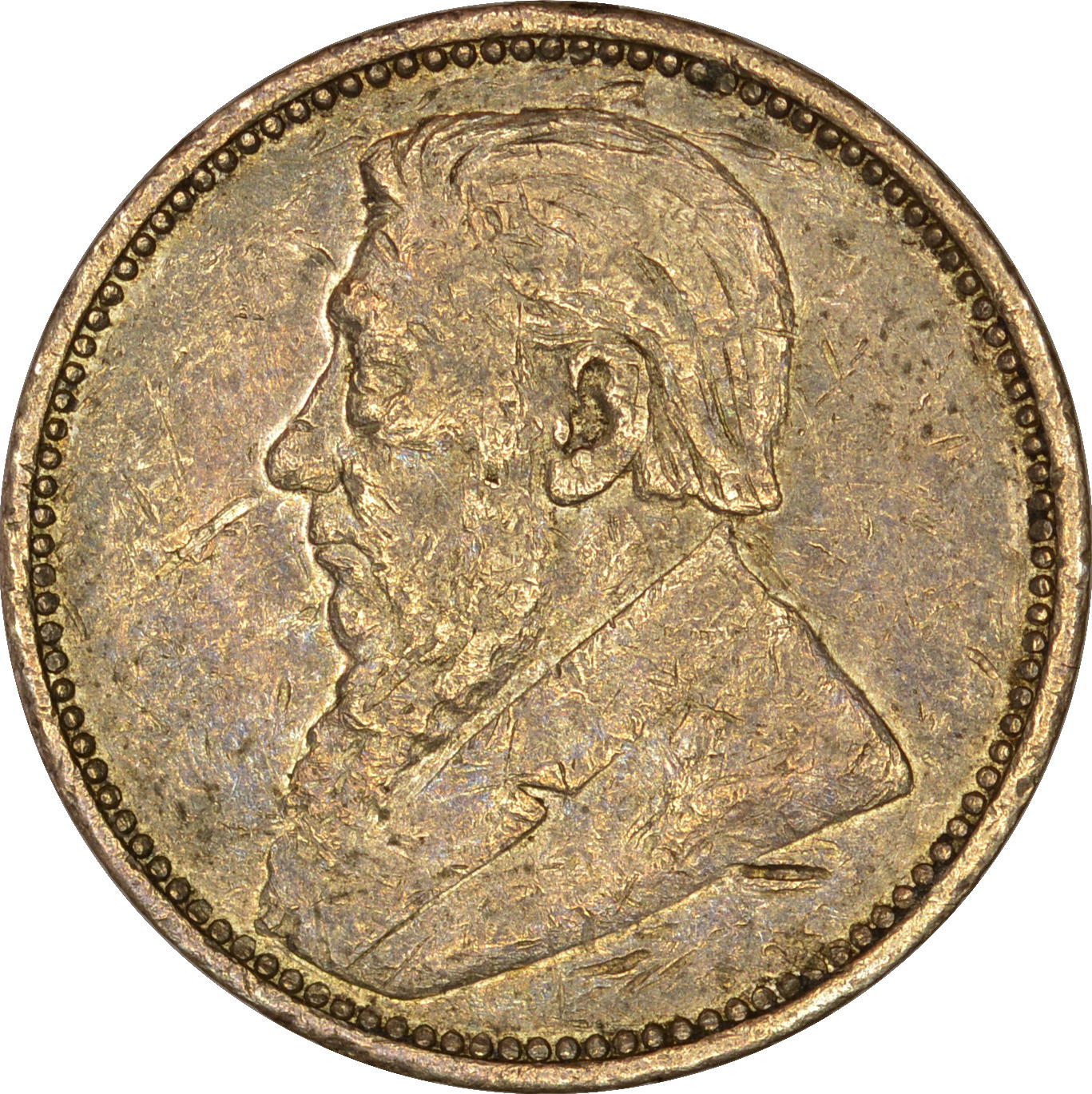
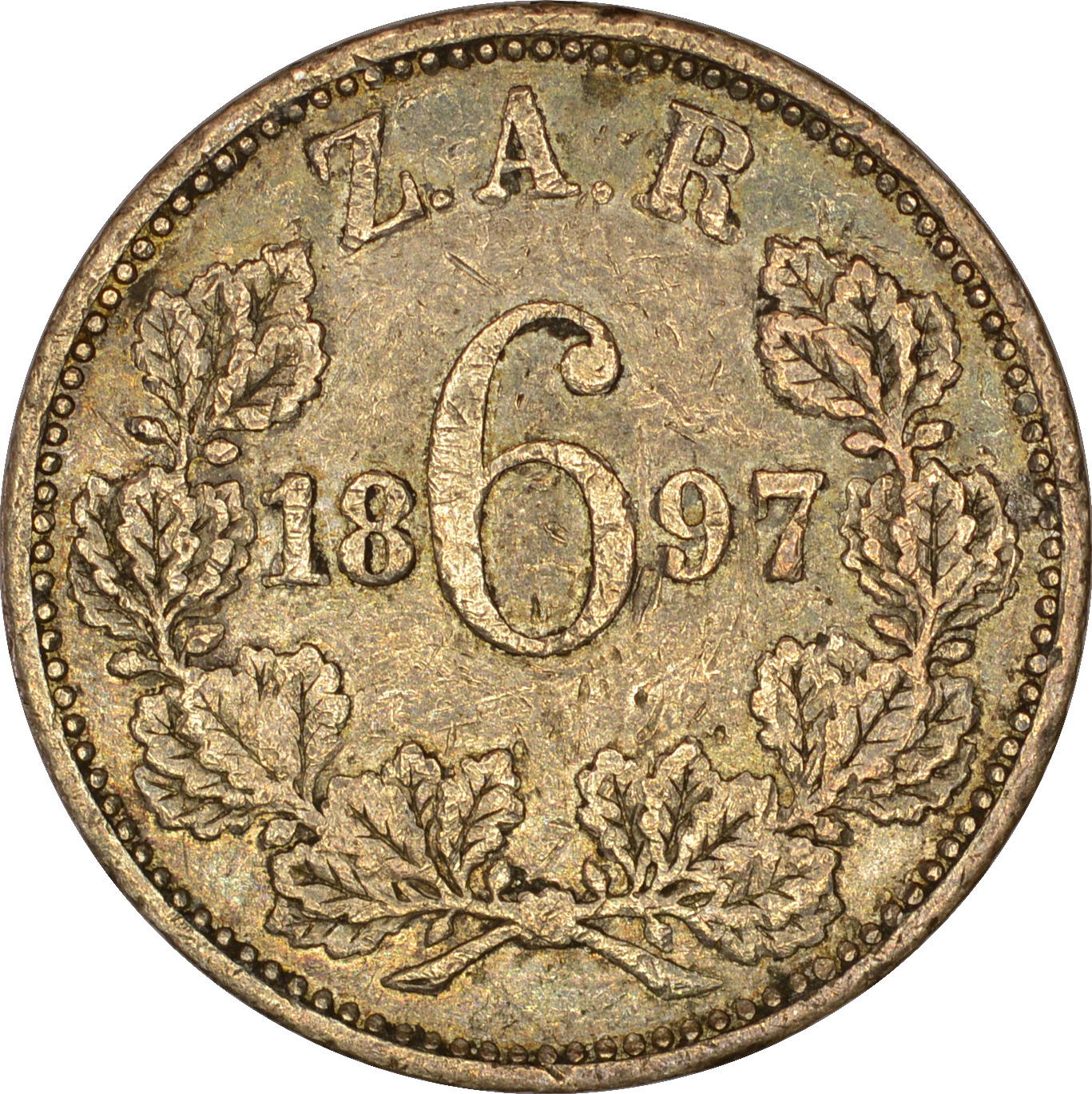
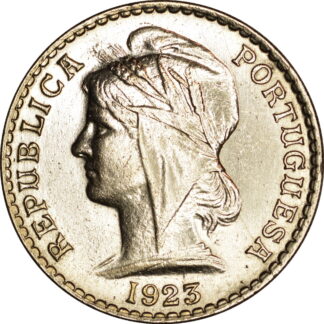
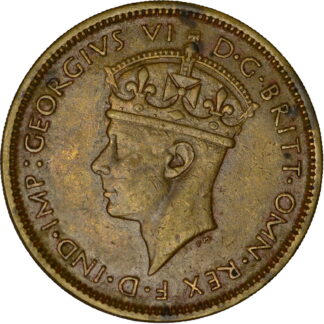
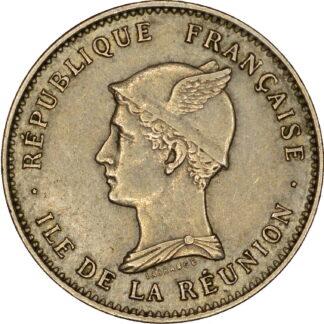

Reviews
There are no reviews yet.